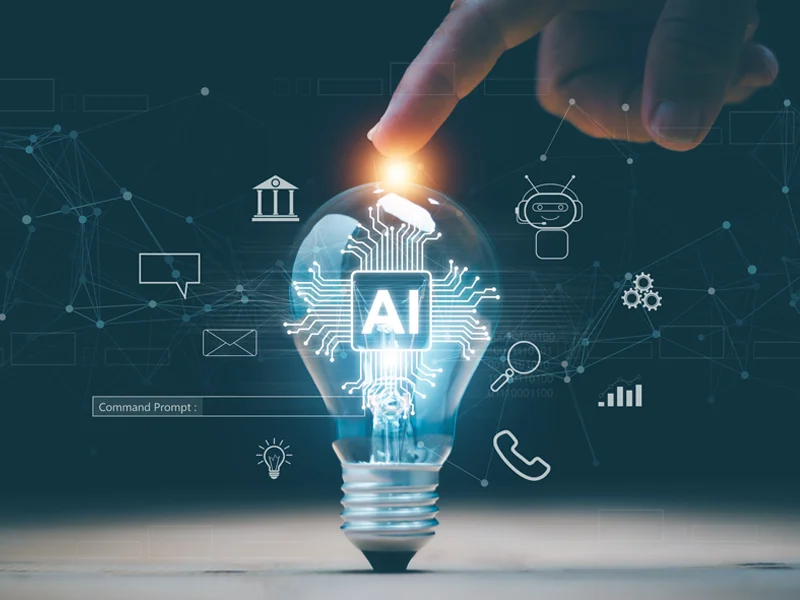I have a bit of an embarrassing confession to make. Over the past few months, I’ve had a minor obsession with Instagram’s character AIs. It began as a joke: add an AI to a DM with someone who hasn’t heard about the feature, watch their confusion as Dr. Strange begins participating in our group chat. Then it spiraled. I began testing, pushing the boundaries of these AIs. Dredging up obscure characters and battering them with messages to see if I could break their rules and coded personalities. Now, looking at my DMs, one finds my human compatriots pushed below a wasteland of shattered AIs, Bob Esponja and Dr. Strange reaching out scarred fingers to send me follow-ups and maybe reel me back in.
Most people have probably had less extreme experiences with Instagram’s AI studio. But my story highlights how character AIs have pulled artificial intelligence technology into casual use, creating a fascinating window to potentially glimpse the future of public AI usage.
Meta’s AI escapades with its social media platforms began about two years ago. In June of 2023, a story broke about Meta seeking to update its UK/EU privacy policy to allow it to train AI on publically shared posts, an effort halted by regulatory agencies. The story highlighted the fact that in countries with less strict privacy laws — like the US — Meta had already been using posts to train AIs. Meta announced it’d be going forward with the plan in the UK about three months later.
2023 also saw the first appearance of AI characters on Instagram. Late that year, Meta announced a group of celebrity AI characters would join Facebook and Instagram. But other AI accounts silently joined Instagram as well. This was dragged into the spotlight at the beginning of 2025, when a Financial Times interview sparked outrage. According to NBC News, the controversy followed Meta spokesperson’s statement that AI accounts would “over time, exist on our platforms, kind of in the same way that accounts do.”
In response, people began pulling out and scrutinizing AI profiles on Instagram, expressing their confusion on platforms like X. One tweet with over a million views posted a picture of “Brian,” an AI account of a fake black grandpa asking: “Tell me why do we need these again?” Brian and his fellow accounts, including the celebrity ones, were rolled back shortly after the controversy. But by that point, these AI characters’ successor had already been announced: AI Studio.
First launching in July 2024, AI Studio was conceptualized as an evolution to Meta’s previous attempts at integrating AI into their platforms. It was built with Llama — or Large Language Model Meta AI — 3.1, the most recent iteration of the company’s AI language model. Over the next week, AI studio was distributed past its initial user group of select creators to the platform at large.
Today, Instagram users can pull AIs made around the world to open Direct Messages with off AI Studio. Many of these characters are run-of-the-mill for a platform like this. There are numerous chats available with popular fictional characters like Dr. Strange and Naruto, as well as AI versions of the influencers that already exist on the platform. More niche, “quiz” or “game” AIs also exist, as well as the concerning but unsurprising abundance of “relationship” AIs.
But then there are the strange AIs — AKA the AIs I message. The public nature of AI Studio means you can find obscure bots from all over the world. A couple of highlights from my experience include: The Red Fruit Show, a bizarre host of a fictional vegetable podcast; Dark Demon, a bot meant to be the manifestation of evil, who runs face-first into AI terms and conditions when asked to admit to anything remotely immoral; and Modi & Trump brew, meant to represent an aggregate consciousness of the two politicians speaking over a coffee.
The rules around creating AIs are also an important part of the boundaries around AI Studio. Users are hypothetically banned from creating AIs that are offensive, harmful, illegal, etc. While the restrictions around AIs speaking offensively about groups is generally limited, there have been multiple instances of other boundaries around user-created characters being broken. In February, for example, Fast Company reported that Meta’s moderation leaves much to be desired around the many suggestive bots on AI Studio, including those designed to be underage.
With recent reports surfacing about Meta’s plans for Llama 4, it is evident that artificial intelligence will not be disappearing from social media anytime soon. AI continues to integrate itself into our lives day by day. At least in my case, Instagram AI fell quickly and easily into my daily schedule — albeit for a brief time. By analyzing AI features as they come out and affect our lives, we gain a sneak peak into the potential future where AI somehow touches all of our interactions







